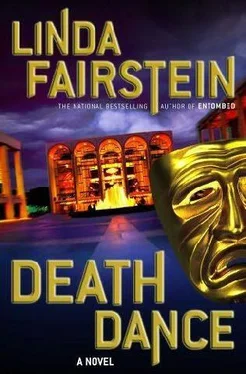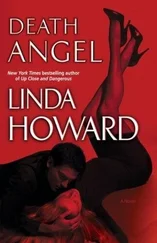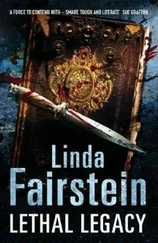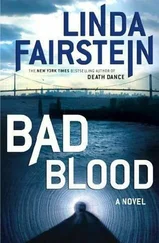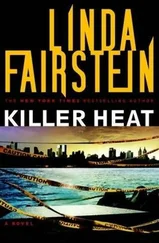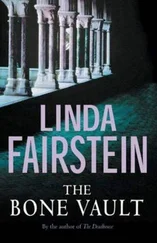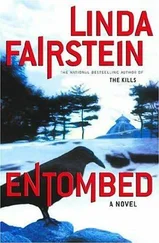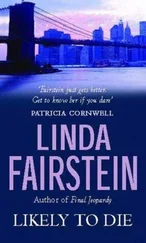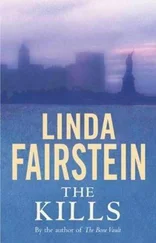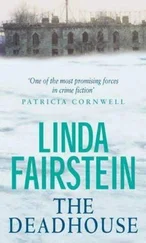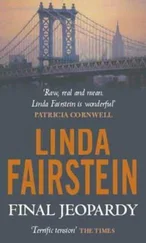Alden seemed to perk up now, pleased to shift the attention back to Berk.
"I'm figuring you might know some of this because of your grand-mother, the opera singer, and 'cause your grandfather was such a patron of the arts. You know anything about the Shriners?"
Alden looked at me to check my expression, and I met his glance with a smile. "Why do you ask?"
"Obviously, I can't tell you exactly why, but let's just say Berk hasn't been too candid with us, and maybe you can help me understand why."
"Candor isn't part of Joe's vocabulary. What is it about the Shriners?"
"Who are they? What do they have to do with the theatrical community?" Mike asked the general question to start Alden talking, but I knew he would work his way up to the red tasseled fez.
"The Ancient Arabic Order of the Nobles of the Mystic Shrine, detective. A nineteenth-century offshoot of the Masons-you know about them, don't you?"
I knew that Freemasons were opponents of divine right kingships, attracted by the freedom of early craftsmen, spiritual heirs of the men who built the world's great monuments-the pyramids, Solomon's Temple, the Roman aqueducts, and later the medieval cathedrals.
"Fraternal organizations," Mike said.
"Yes, but with a firm set of beliefs that are centered in the freedom of man. You had Voltaire and Ben Franklin, George Washington and Mozart, all espousing democratic ideals and benevolence. By the mid-nineteenth century, most towns in America had at least one Masonic Lodge, not just for fraternal purposes, but for philanthropic goals as well."
"And the Shriners?"
"They first of all had to be Masons, but their order evolved from a more exotic heritage-the seventh-century Order of the Mystic Shrine," Alden said, looking over at Mike. "You'd actually be amused by their original purpose."
"What was it?"
"To maintain law and order, to help local governments fight crime. They were a kind of primitive posse when they originated. It wasn't until the nineteenth century that their mission changed."
"I hate friggin' posses. Last thing I need is a bunch of amateurs trying to do my job. What did they change to?"
"In my grandparents' time, the Shriners really became the playground for the Masons, associated with most of the popular entertainers of the day. And all very taken with the exotic symbols of the original Middle Eastern or Near Eastern Shrine associations."
"Why so?"
"Because that's where the movement originated, centuries ago. When it was revived in America, there were two men who cofounded the order in the 1850s. One was a stage actor and the other a medical doctor-William Jermyn Florence and Dr. Walter Millary Fleming. They had this idea to use the organization to entertain people, while at the same time being charitable, raising money for medical research."
"But what did you say about the Middle East? What symbols are you talking about?" Mike asked.
"William Florence played in performances all over Europe and northern Africa -in many of the same theaters where my grand-mother, Giulietta Capretta, later sang. He went to Algeria and Cairo, bringing home with him some of the rituals from the shrines there, some of the trappings of the early orders that flourished in the Middle East."
"Like what?"
"Islamic motifs, in everything from the architecture of their meeting places to the details in the interior design. These American Shriners didn't construct theaters for their entertainment and lodging, Ms. Cooper. They actually built mosques. And they gave them Arabic names, all over the country. Bektash Shrine Temple in Concord, New Hampshire; Syria Temple in Pittsburgh; the Ararat Temple in Kansas City; the Aladdin Temple in Columbus, Ohio; the Sphinx Temple in Hartford; and the Rameses Temple in Toronto. More than half a million members nationwide."
"A hundred years ago? Mosques all over this country?"
"Indeed. And the leaders were all known as imperial potentates and grand masters, again in the Arabic traditions."
"You mentioned design elements, too," I said. "What was distinctive about them?"
"Colors for one thing. The mixtures of red and yellow and green are very evocative of the culture. Certain symbols are constants, like the crescent moon crossed with the scimitar, arabesque grillwork in many of the building features, and always mosaic tile work on the walls and ceiling-lots of glazed terra-cotta, usually with a foliate imagery-"
"Hold it, buddy, will you? You make a study of this stuff?" Mike was trying to take notes as Alden talked.
"I inherited the entire theatrical collection that had been in our family for decades. It's part of my genealogy, detective-it's in the blood. Nothing I had to study."
"What do you mean you inherited something? Like what?"
"Scores of photographs-George M. Cohan, Sophie Tucker, Lillian Russell-they all performed with the Shriners. I've got a unique assortment of signed Playbills from opening nights and events , and even costumes they wore at major events."
"What kind of costumes?" Mike asked.
"From opera, from Shakespearean plays, from lodge meetings-"
"I don't mean that. I mean what did the Shriners wear?"
"Suits just like us. Only the potentates got the fancy robes," Alden said.
"And on their heads, what? Hoods?"
"It's not the Klan, detective."
"So what'd they wear?"
"Surely you know the tarboosh, Mr. Chapman? The famous red fez?"
"Yeah, yeah. I know it."
"From the University of Fez -the symbol of learning and integrity."
"You inherit some of those, Mr. Alden?"
"I certainly did. I'll be glad to show you anything you like."
"You keep them?"
"At my home, detective. I've got a media room filled with memorabilia of my grandparents. Quite colorful."
"And the letter M , Mr. Alden-you know, from the alphabet. Does that have any significance in these Shriner designs?"
Alden didn't miss a beat as he held up his fingers to tick off his answers. "Quite likely it does, if you tell me what you mean, what it is you're looking for. Obviously, there are words like mosque and minaret , and the name of the Masons themselves. Fez is a city in Morocco. There's another M for you. I don't follow your question, Mr. Chapman."
I kept thinking of Lucy DeVore, smiling at the camera in her red tarboosh, her hand on the doorknob that bore the distinctive letter M.
"If these shrines were so popular all over America, how come they built one everyplace in the country except Manhattan?" Mike asked. "How come there's no Shriners' theater right here?"
"I hope you don't mind being corrected again, detective, but one of the most immense, ostentatious mosques ever created was opened here in 1923, on a prime piece of real estate dead in the center of the city. Still standing, Mr. Chapman, right in midtown on Fifty-fifth Street, and I'll bet you've been inside it dozens of times."
"There's no mosque on Fifty-fifth Street," Mike said.
"What's the name?"
"Mecca Temple, Miss Cooper. Maybe that's the M you've been looking for. Mecca Temple of the Ancient Arabic Order of the Nobles of the Mystic Shrine."
"Where on Fifty-fifth Street?" Mike asked, Alden's suggestion an affront to his pride in his intimate knowledge of the city over which he kept watch. Each street, each avenue, each grid evoked the memory of a crime scene Mike had worked. "There's a synagogue over on the southwest corner of Lex, but there's no mosque."
"West Fifty-fifth, between Sixth and Seventh avenues," Alden said, pleased with himself that he had us stymied.
I closed my eyes to envision the block and thought immediately of the large theater there that I had been to more often than even Alden could have guessed.
Читать дальше
